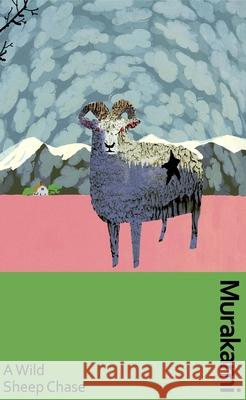A Wild Sheep Chase: the surreal, breakout detective novel, now in a deluxe gift edition » książka
topmenu
A Wild Sheep Chase: the surreal, breakout detective novel, now in a deluxe gift edition
ISBN-13: 9781784878771 / Angielski / Twarda / 2023
A Wild Sheep Chase: the surreal, breakout detective novel, now in a deluxe gift edition
ISBN-13: 9781784878771 / Angielski / Twarda / 2023
cena 100,64
(netto: 95,85 VAT: 5%)
Najniższa cena z 30 dni: 100,88
(netto: 95,85 VAT: 5%)
Najniższa cena z 30 dni: 100,88
Termin realizacji zamówienia:
ok. 10-14 dni roboczych
Bez gwarancji dostawy przed świętami
ok. 10-14 dni roboczych
Bez gwarancji dostawy przed świętami
Darmowa dostawa!
Kategorie:
Wydawca:
Vintage Publishing
Język:
Angielski
ISBN-13:
9781784878771
Rok wydania:
2023
Waga:
0.22 kg
Wymiary:
19.8 x 12.9
Oprawa:
Twarda











